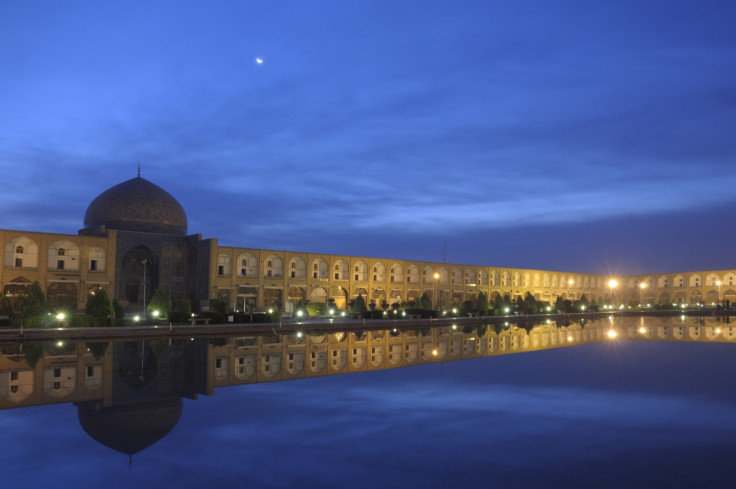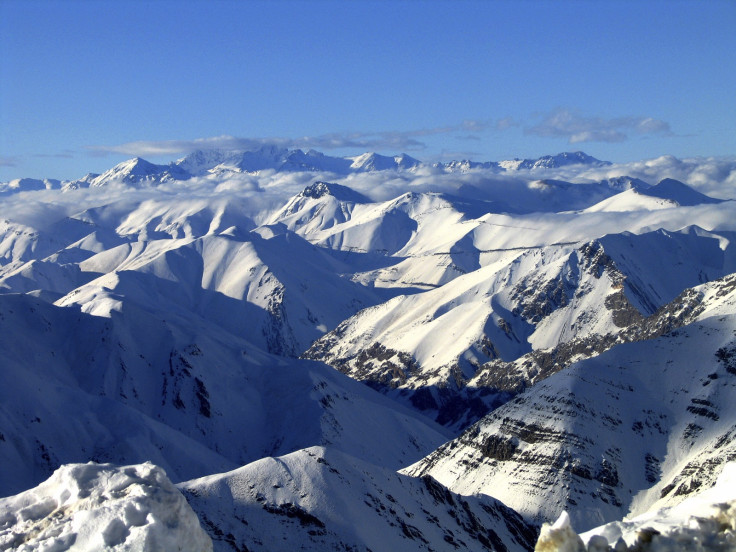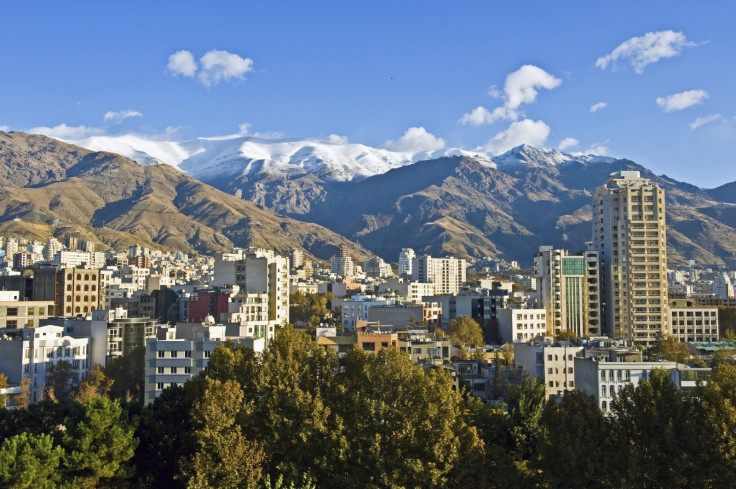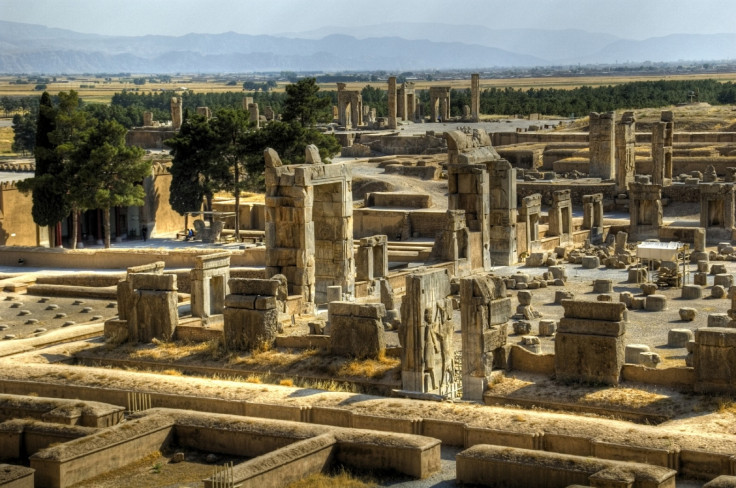Iran: Five must-see holiday attractions as sanctions ease

As tough sanctions are eased and Iran's economy opens up to the rest of the world, the appetite for doing business in the country has been boosted – with huge potential to increase tourism. From ancient ruins to Iran's cosmopolitan capital, to its pristine beaches and ski resorts, travellers are rushing to discover the riches the country has to offer and the surprises the modern theocracy keeps hidden.
"Iran's nuclear deal will certainly spark a renewed interest in the country as a tourist destination, but it has always been a fascinating place for travellers," Helen Elfer, Lonely Planet's Middle East destination editor tells IBTimes UK.
"Exploring Esfahan's intricately tiled mosques and palaces and admiring the ancient ruins of Persepolis are at the top of most visitors' lists," Elfer says. "The fabled Alamut Valley is one of the most picturesque parts of the Alborz range for hiking, while haggling for carpets or jewellery in the sprawling alleyways of Tabriz's bazaar draws you right into its thousand-year-old history. Finally, leave some time to enjoy Tehran's frenetic buzz and its excellent museums and galleries."
Esfahan

The ancient city of Esfahan - or Isfahan, the former Persian capital from 1598 to 1722, is considered one of the most beautiful cities in the world – and is Iran's number-one tourist destination. Leafy streets, hand-painted tiling and the famous Islamic architecture are unparalleled by any other Iranian city, centred around the magnificent Unesco-listed Naghsh-e Jahan Square. Such the grandeur of Esfahan's covered bridges, palaces and mosques that it is easy to understand the Persian proverb ""Esfahān nesf-e jahān ast" – "Esfahan is half of the world".
Alborz

Situated in northern Iran, the Alborz range stretched from the border of Azerbaijan along the western and entire southern coast of the Caspian Sea, and is home to some of the most beautiful ski resorts outside of Europe. The resorts of Dizin and Shemshak are both less than two hours' drive from Tehran. Shemshak is suited to expert skiers and snowboarders with its steeper slopes, but Dizin – and the resort of Darbansar – boast good skiing for beginners.
Tabriz

Although the most-populated city in northwest Iran is a major hub for industry, it is one of the historical capitals of the country. Located in the Azerbaijan region at around 1,350m above sea level in the Quru River valley, Tabriz dates back around 4,500 years and contains numerous historical monuments representing the transition of Iranian architecture through its long history. One of which, the Tabriz Bazaar, was designated a World Heritage Site in 2010. It is the world's largest covered bazaar and one of the oldest in the Middle East.
Tehran

Iran's capital lacks the history of its counterpart towns and cities – it was an unimportant village until 1796 – but the city makes up for it with its range of restaurants, cafes, museums and art galleries. The liberal city lacks the beautiful architecture of Esfahan and Persepolis, but its location at the foothills of the Alborz mountains make for fantastic walking trails – particularly in the neighbourhoods of Darakeh and Darband.
Persepolis

Founded by Darius I in 518 BC, Persepolis was the ceremonial capital of the Achaemenid Empire and is situated around 70km northeast of the city of Shiraz. In 333 BC, Persepolis was devastated by Alexander the Great, the Macedonian Greek who ended Persian dominance, and Persepolis has been in ruins ever since. A magnificent example of the Achaemenid-style of architecture, the ruins were declared a World Heritage Site in 1979.
"Do remember that the FCO currently advises against all but essential travel to Iran and there are strict visa restrictions for British nationals still in place," Elfer says. For more information on travel to Iran, visit the Foreign and Commonwealth Office website.
© Copyright IBTimes 2025. All rights reserved.






















